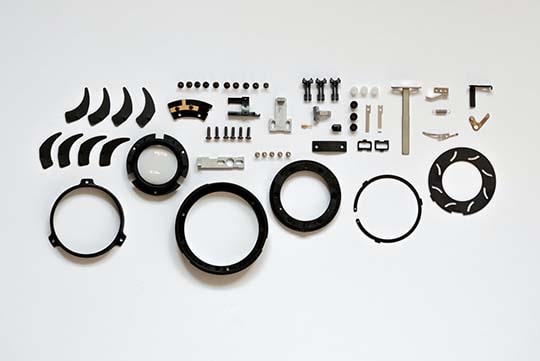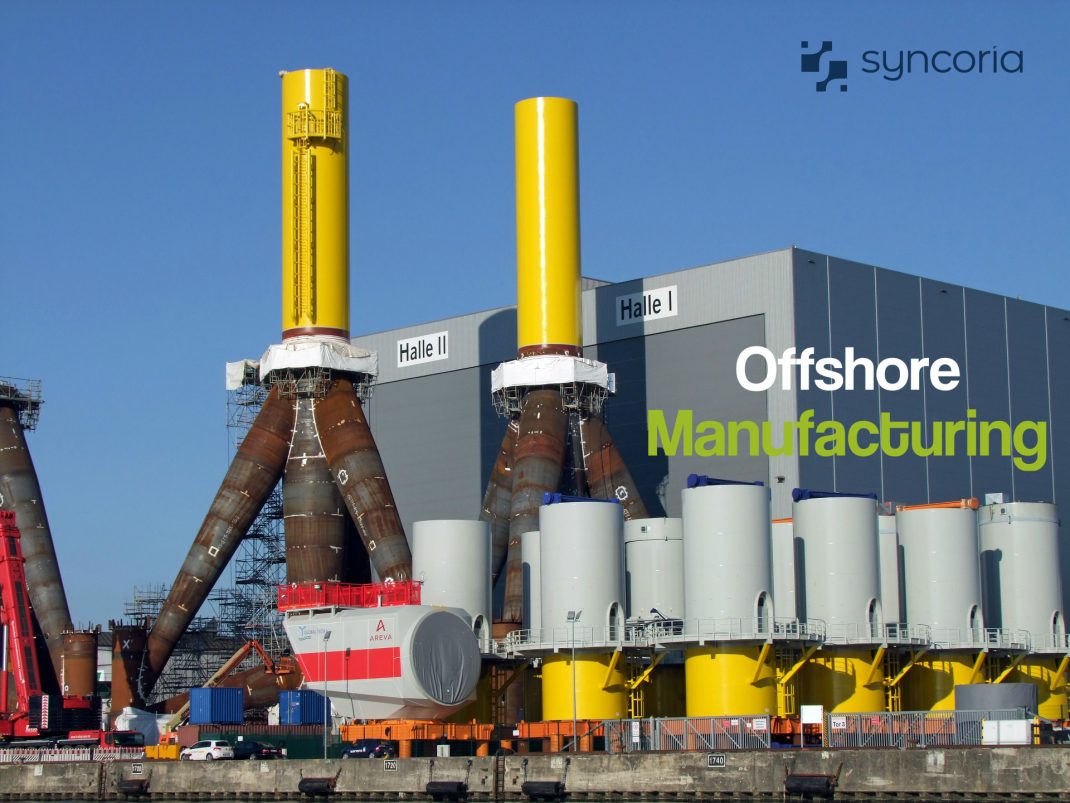Related Articles
Wholesalers and distributors are essential cogs to the supply chain machine, framing a connection between the producers and the retailers. Despite this fact, they normally don’t get as much attention from software sellers as they should.
Today, there are a great many software packages that address the issues of producers and retailers, but hardly any that look at the needs of the wholesale and distribution industry.
The Business of Wholesalers And Distributors
Wholesalers and distributors are the link between producers and retailers in the inventory network. In a straightforward model, a distributor dispatches orders from retailers from a stock that is acquired in bulk from different providers.
Distributors act as the middleman and arrange for other services, for example, enhancing the product’s value, taking up an active role in marketing and sales of the product, and handling returns.
In actuality the line between the wholesalers and distributors are not distinctively clear, and it is common for wholesalers to provide distribution services and the other way around. Thus numerous organizations accordingly name themselves as “wholesale distributors”.
4 key components of every ERP for Electronic Wholesalers and Distributors
The ERP for producers and distributors for the most part doesn’t cover the requirements of the wholesalers and distributors. They require profound usefulness in specific areas that are absent in the manufacturing and retail business. These are the four primary business regions that each ERP for any wholesalers and distributors (including electronics) ought to give:
- Distribution process management
- Supply chain management
- Retail and e-commerce
- Back-office operations
#1 Distribution Process Management
The distribution management process is isolated into six primary regions:
1. Distribution requirement planning (DRP) is the heart of planning, like manufacturing requirement planning (MRP), except it is specially designed to cater to the particular needs of wholesalers and merchants.
2. Sales Management is the automation of client order entry and tracking. It additionally incorporates the additional services of complex pricing estimates, stock designation and support for processing returned products.
3. Purchasing management (procurement management) deals with the buying of crude materials, semi-completed and completed products, and tracks providers’ compliance with the terms of the contract.
4. Quality Management includes anything and everything done by an organisation to ensure they produce top notch products. Associations must consent to national and global principles and guidelines, yet some of them also design and utilize their own prerequisites for quality control.
5. Client Relationship Management (CRM) covers a wide scope of functionalities including: the generation and management of leads and campaigns, automation of the sales force, client assistance and support, and so on.
Barcoding and radio-frequency identification (RFID) are both key tools under ERP for electronic wholesalers. Items must be marked and pressed with standardized tags for smooth transition over the supply chain stages. The mobility of products is greatly improved through the utilization of RFID.
#2 Supply Chain Management (SCM)
Supply chain management is the way to deal with all business activities between suppliers, producers, wholesalers, distributors, retailers and clients. An ERP for electronic wholesalers ought to give further SCM functionalities than the ordinary ERP frameworks. This ERP frameworks should cover the four Supply chain factors below:
1. Warehouse management system (WMS) underpins the everyday tasks in a warehouse. WMS framework enables you to manage tasks such as- following stock levels and locations, optimizing of picking, taking care of, restocking capacities, and more- through a central interface. The system’s coordinated activity, bolstered by paperless and intelligent data frameworks in real-time, will empower warehouse employees with the tools to coordinate, control, measure and report on circulation activities.
2. Transportation management system (TMS) enable associations to make profiles for all agreements, related carriers, and exchange paths for multi-purpose and multi-legged moves. These frameworks should boost the efficiency of local and global transportation.
3. Global trade management (GTM) enables trading partners to connect and collaborate in procuring, moving, shipping and settling accounts over international borders. This system will track product information and oversee the product’s consistency to empower business activities across borders.
4. Supplier relationship management (SRM) empowers communication and encourages organizations to work together with suppliers in regards to products, services, compliance, and logistics.
#3 Retail and E-commerce
Retail and eCommerce software empowers the sale of products and services to business and straightforwardly to clients. It incorporates the following:
1. Online multichannel trade gives electronic shopping experience to both business-to-business (B2B) and business-to-client (B2C) audience. It enables them to look through, analyze, and buy products online.
2. Retail and Point-of-Sale (POS) software records, tracks, makes for useful interpretation of data and transactions at retail stores (online or otherwise).
#4 Back-office Operations
Despite the fact that this is a more extensive class of systems that are required for managing and running an organisation, the 3 features listed are key for any wholesale and distribution company for their operations on the back-end of things:
1. Financials applications deal with the monetary assets of the association. This incorporates bookkeeping and financial reports, planning, assorting accounts receivables, and risk management. Its functionalities include: general ledger, accounts payable, fixed assets, cost accounting, management of cash, accounts receivables and generating financial reports.
2. The processing of agreement contracts, discounts, and cash back preparing is listed separately due to its significance to wholesalers and distributors. Often they are required to oversee complex contracting circumstances for a great many number of buyers and sellers. These processes need to be in sync so as to provide maximum utility.
3. (HR) deals with the activities relating to the workforce. It incorporates the accompanying functionalities: employee management, benefits management, financial management, self-service for employees, and their general wellbeing and safety.
At Syncoria, we have the experience of working with companies big and small alike. We tailor our solutions for your needs specifically, and assist you with accomplishing your business objectives. Using intuitive Odoo software modules, we provide innovative solutions so you can grow and upgrade your business processes. Our friendly neighborhood team comprises of business experts, solution architects, experienced managers, as well as quality assurance engineers, all of whom are well versed in all things Odoo. We guarantee an effective implementation each time through an iterative and straightforward procedure. For a free evaluation, call us at +1 (416) 628-5522, or email us at [email protected].








